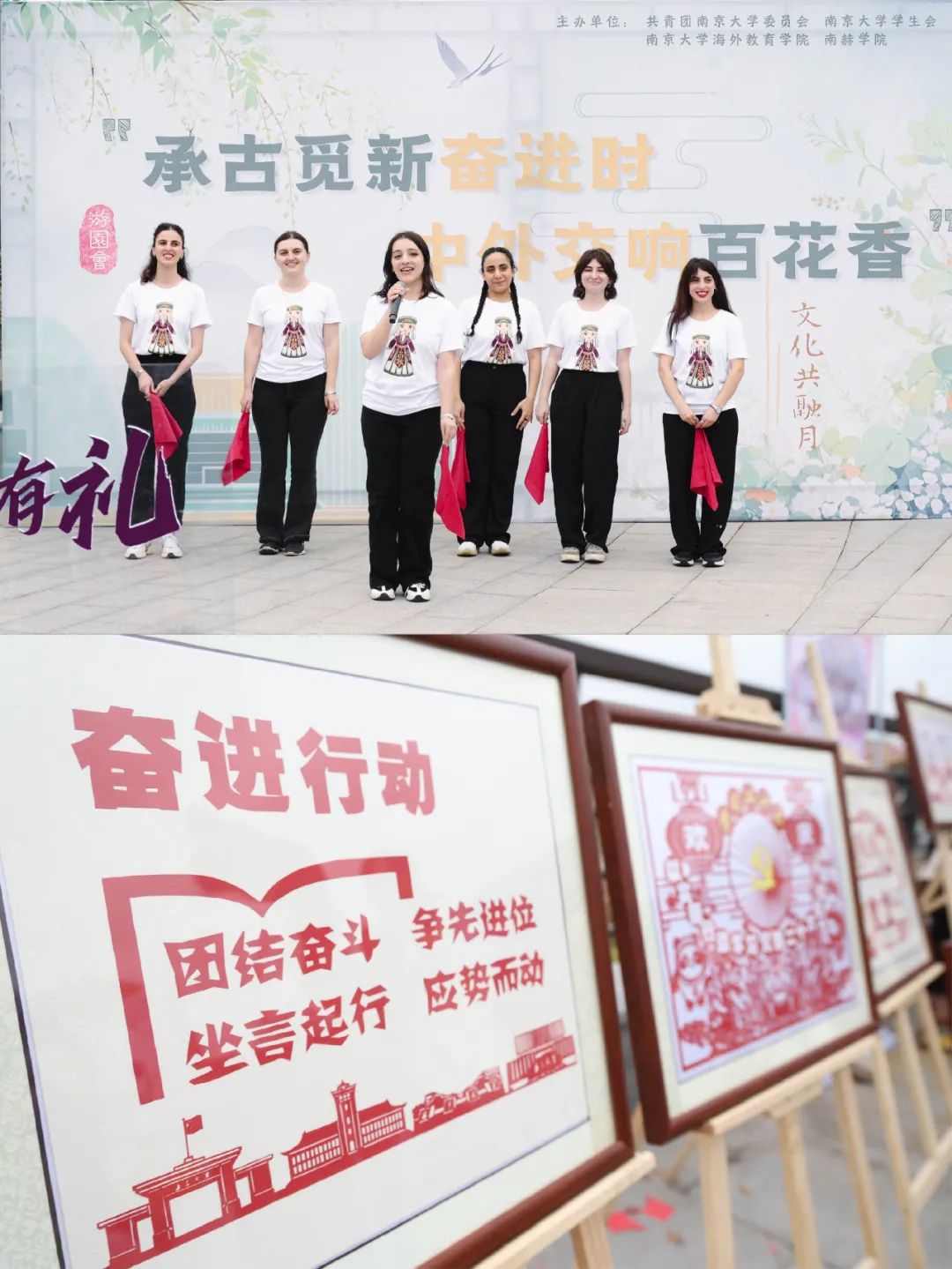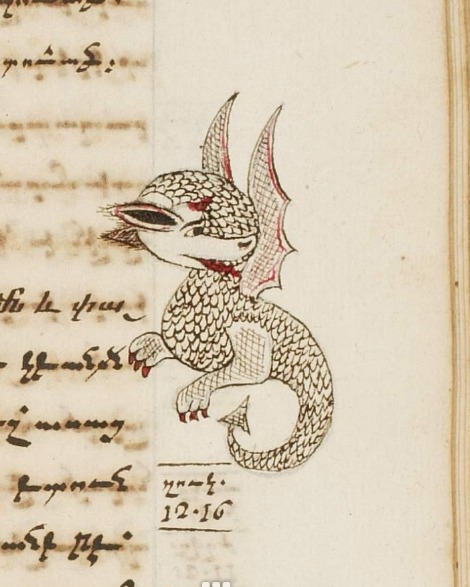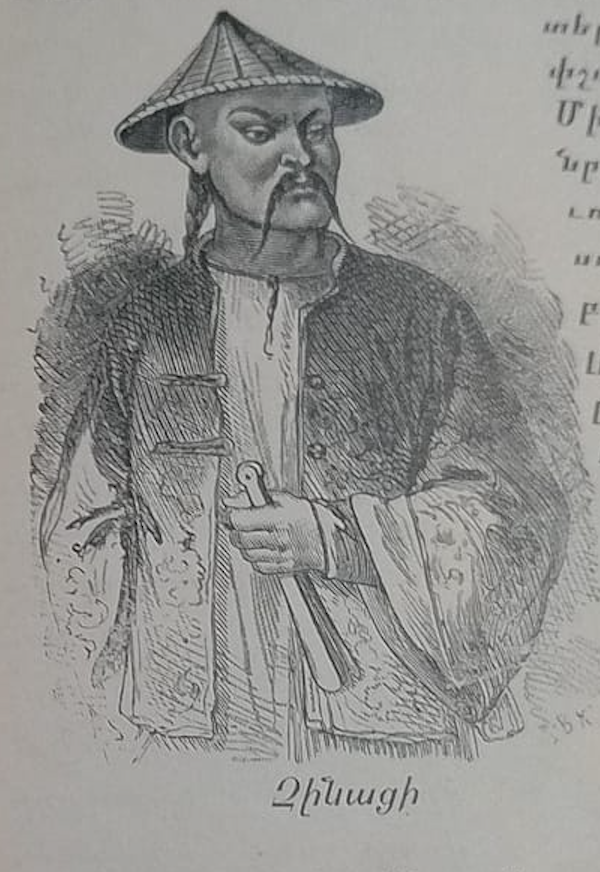Armenian culture showcased at a leading university in China
On March 13th of the current year, Armenian students from a prominent university in the People's Republic of China, Nanjing University, participated in an annual international cultural event. The event was held to promote cross-cultural exchange, build bridges between different nations, and foster a multicultural and healthy environment.The Armenian booth was adorned with Armenian handicrafts, a pomegranate tree symbolizing family, eternity, and a strong connection with the homeland, Armenian cognac, and the Armenian alphabet, which dates back to 405 CE. The Armenian girls wore exclusive t-shirts featuring a depiction of a traditional Armenian girl. The girls also showcased Armenian national
“The History of Armenian Civilization” has been published in Chinese after years of dedicated work
Professor Qi Peicheng, a renowned Chinese historian and the head of the Research Institute of Armenology, Center for Transcaucasia Studies at Binzhou University in Shandong Province, has recently announced the much-anticipated publication of his work, "The History of Armenian Civilization." This comprehensive publication, written in the Chinese language, provides a detailed exploration of Armenia's history.It is worth noting that Professor Qi has dedicated several years of his career to fostering Sino-Armenian academic and cultural relations. He has organized conferences and lectures aimed at raising awareness of Armenia's centuries-old history and culture among Chinese audiences.This publication marks a significant milestone in
An Armenian manuscript peculiar with its abundance of playful dragon figures
The Hill Museum & Manuscript Library, located in Minnesota, has recently released digitalized pages of an Armenian manuscript that showcases a variety of decorative initials and border images. This manuscript, which is both handwritten and illustrated, is accompanied by an engraving and utilizes the graceful Armenian Notrgir script, also known as “minuscule.” Originally invented for speed, this script was extensively used in the Armenian diaspora from the 16th to the 18th centuries and later gained popularity in printing. The manuscript contains a brief commentary on the Parables of the Gospels, initially composed in Etchmiadzin in 1780 CE.Despite its relatively late
The general representation of Chinese people in an Armenian early- 20th century publication
Several photographs have recently surfaced on social media platforms that depict pages extracted from an early 20th-century Armenian publication that was printed in Tiflis, the capital city of Georgia, where a thriving Armenian community was present during the period. The book was purposed to be used as a textbook for Armenian schools and an additional resource for those who wanted to gain a major in the discipline of Armenian history. The author is Avetick Ter-Hakobian, the former teacher of Armenian geography at the Nersisian School, an Armenian higher education institution in the city of Tiflis, active from 1824 to 1924.The
The Fowler Museum, UCLA, showcases the intricate Armenian lacework of the genocide survivor
The Fowler Museum at UCLA is currently hosting a significant exhibition called "Janyak: Armenian Art of Knots and Loops." The exhibition opened its doors to the public in April of last year and will remain on display until April 7, 2024. It is curated by Gassia Armenian, a Fowler curatorial and research associate.The collection on display features 14 janyak doilies created by Marie Pilibossian (1898–1986), an Armenian genocide survivor who emigrated to America. Professor Avedis Sanjian, a prominent Armenian Studies scholar, encouraged Pilibossian to donate the doilies to the Fowler Museum in 1980, believing it was crucial to document this








